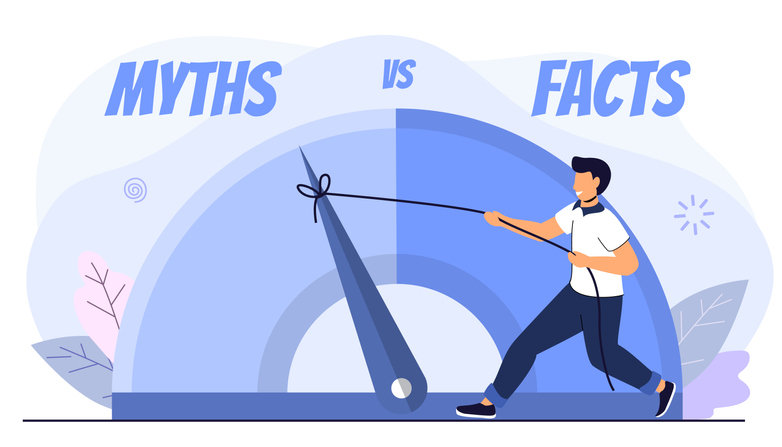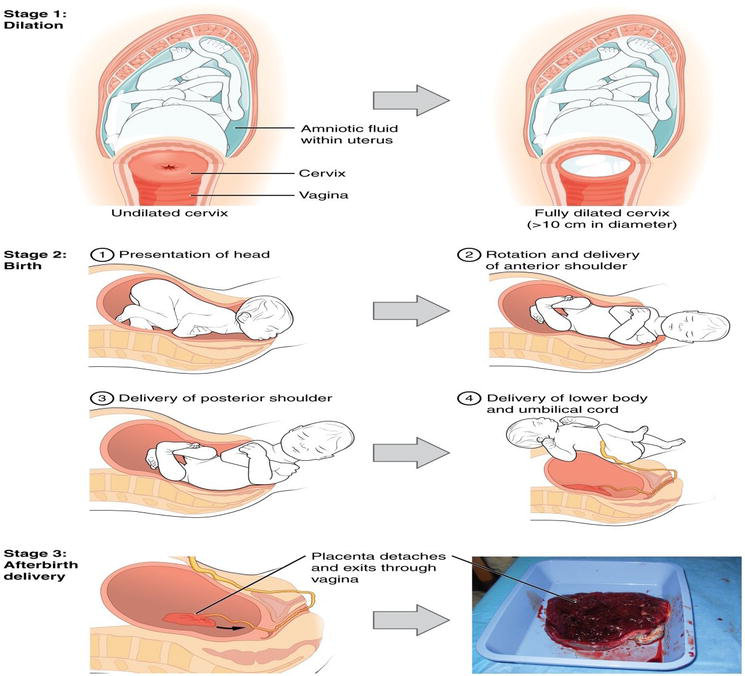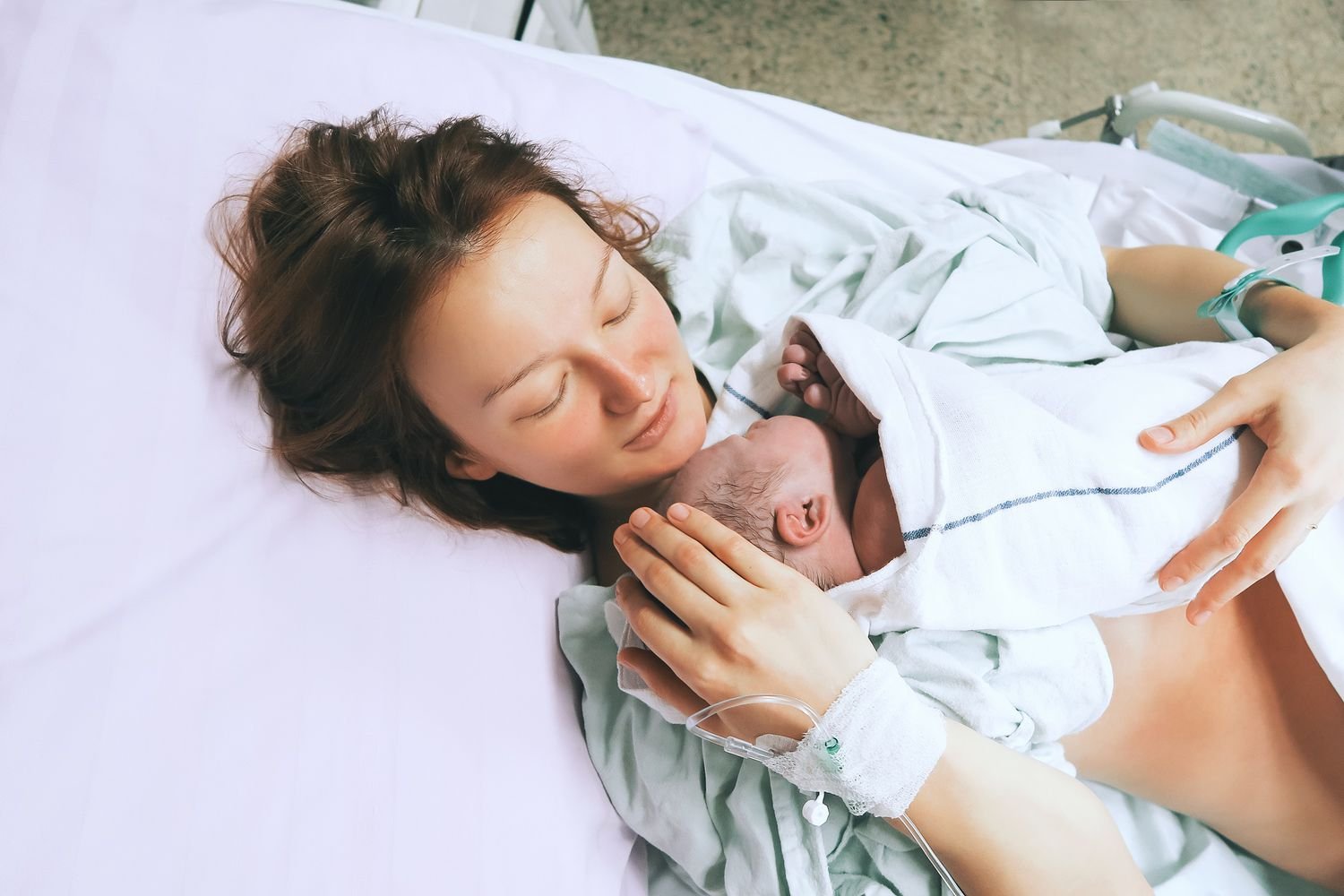As expectant parents, whether your first-time pregnancy or not, you can experience a range of emotions as you prepare for your baby’s arrival. You may feel the excitement, anticipation, anxiety, and dread as your minds navigate the uncertainties of pregnancy, childbirth, and parenthood. As the due date approaches closer, feelings of hope can often mingle with concerns about the delivery type. One of the preferred choices for many expectant parents for delivering a baby is NSVD delivery.
NSVD (Normal spontaneous vaginal delivery) means giving birth naturally without the use of medical procedures like cesarean sections or labor induction. While going through NSVD can be difficult and emotional, it can also be a lovely and empowering process that ties families together.
“NSVD can be a very emotional and intense occasion for both the mother and the partner as it enables a more natural and empowering childbirth,” says Dr. Hrishikesh Pai, one of the best gynaecologist in Mumbai & a co-founder of Budget IVF & Fertility Centre. “With the correct assistance and care, parents can successfully complete the delivery process and emerge from it feeling stronger and more connected.”
Many expectant mothers are gripped with concern when considering an NSVD. This is due to the many circulating myths about NSVD that may have found their way to them.
Read on to understand some myths and facts about NSVD.
Debunking Myths about NSVD

Myth: NSVD causes excruciating agony that is intolerable.
Fact: Even though NSVD can be intense and painful, a number of pain management techniques can help the mother feel more at ease and in control of her labor.
Myth: NSVD mainly works for women who have a previous easy pregnancy.
Fact: Regardless of a woman’s prior pregnancies, NSVD can be a safe and viable alternative for many women. That said, some high-risk pregnancies may necessitate a different delivery strategy.
Myth: NSVD will cause incontinence and other problems with the pelvic floor.
Fact: Although some women may experience problems with their pelvic floor after giving birth, there are many ways to prevent and treat these problems, like pelvic floor exercises and physical therapy.
Myth: NSVD causes tearing and thus requires
Fact: Some women may tear or require an episiotomy (creating a slit between the vagina and anus) for easier delivery during NSVD. However, such procedures are not always necessary and are frequently avoidable with proper planning and care.
Myth: A scheduled C-section is safer than NSVD
Fact: For many women, NSVD can be a safe and practical choice. It may offer advantages for the mother and the baby, such as lower infection rates and quicker recovery.
If you have any concerns about childbirth and delivery, please consult fertility specialist Dr. Hrishikesh Pai to understand the NSVD process better.
Understanding the NSVD Process

Giving birth is a fantastic experience, and every delivery is different. Our highly skilled and sympathetic personnel will support you at every stage of your journey at our normal delivery centre in Mumbai.
Following are the steps that typically entail during a normal delivery in Mumbai under the expert supervision of Dr. Hrishikesh Pai.
- Early labor: This is the first of the 3 stages of labor pain, during which the cervix dilates to about 4cm, and contractions occur every 3-5 minutes. If you are home during this point, please notify the gynaecologist and start leaving for the delivery facility.
- Active labor: Active labor is when the cervix is still dilating at approximately 7cm while the contractions get stronger and more frequent. The water may break (amniotic sac rupture), and the contractions may accelerate.
- Transitional period: In this labor stage, the cervix dilates fully, about 10cm, and the contractions occur every 2-3 minutes and last for 60-90 seconds.
- Pushing: Once the cervix has fully dilated, the expecting mother will start to push during contractions to assist the baby in descending the birth canal.
- Delivery: The rest of the body will push gently out after the baby’s head has emerged. The doctor or nurse can help the baby’s head and shoulders come out during delivery.
- Placenta expulsion: After the baby is born, the mother will continue to experience contractions that will aid in the placenta’s removal. The placenta is the organ that supplies the baby with nutrients during pregnancy.
“During NSVD, the mothers often experience empowerment and strength as she brings her baby into the world,” says gynaecological expert Dr. Hrishikesh Pai. “Overall, NSVD has many benefits for both mother and baby.”
Benefits of NSVD for both Mother & Baby

Here are some benefits of NSVD, the natural way of delivering a baby through the birth canal.
| For Mother | For Baby |
| Faster recovery: A mother who gives birth normally vaginally often heals more quickly than she would after a cesarean section. She typically feels less pain and discomfort and can resume her normal activities sooner. Lower risk of infection: Vaginal birth carries a lower risk of infection for the mother. Lower risk of blood loss: Vaginal births typically cause less blood loss. Lower risk of respiratory issues: Vaginal birth is less likely to cause respiratory issues to the mother. Better ties: The experience of natural childbirth can strengthen the mother’s bonds with her kid. | Better microbiome: Babies delivered vaginally have a better microbiome, which is the assortment of microorganisms that inhabit the human body. This can aid healthier growth by shielding them from illnesses and other infections. Lower chance of injury: Vaginal births are often connected with less harm to the baby. Lower risk of asthma: Babies born vaginally have a lower risk of developing asthma than those delivered via cesarean section, according to studies. Lower risk of respiratory problems: Exposure to the bacteria in the mother’s birth canal can help to strengthen the baby’s immune system and lower their risk of respiratory problems. Better feeding: After a vaginal delivery, breastfeeding has a greater probability of success since the baby is attentive and responsive. |
If you have any questions regarding childbirth, please speak with a pregnancy healthcare expert like Dr. Hrishikesh Pai about the optimal delivery alternatives.
Risks & complications of normal labor and delivery
NSVD labor and delivery usually carry the least risk. The most common complications that may occur include:
- Failure to advance: This is when your cervix does not dilate, and your labor slows down or stops. Your doctor might administer oxytocin to speed up labor and encourage contractions.
- Fetal heart rate irregularity: If your baby’s head or umbilical is compressed, its heart rate slows down.
- Prolapsed Umbilical Cord: This condition occurs when the umbilical cord enters the delivery canal ahead of the infant. This might result in a reduction in the newborn’s oxygen supply.
- Shoulder dystocia: This condition occurs when the baby’s shoulder gets caught behind the mother’s pelvic bone during delivery. It may result in severe consequences for the infant, like nerve damage or fractured bones.
- Hemorrhage: Hemorrhage is severe or fatal bleeding during or after delivery. Postpartum hemorrhage is when a person may not start bleeding for several hours after giving birth.
- Vaginal tears: This occurs when the tissue surrounding your vagina and rectum tears during childbirth.
- Deep vein thrombosis: Blood clots called deep vein thrombosis can form in your legs or pelvis soon after giving birth.
- Preeclampsia postpartum: This term describes abnormally high blood pressure in a person who has recently given birth.
Please remember every birth is different. In some cases, a caesarean delivery may be necessary to ensure the mother’s and the child’s welfare. Your healthcare provider can help you make an informed decision about your delivery options.
Pain management during NSVD and post-delivery care
Pain management during NSVD and post-delivery care are crucial components. Following are some typical pain relief methods and postpartum care procedures:
NSVD pain management may include:
- Controlled breathing techniques Lamaze or Bradley breathing helps ease pain and calm the body.
- Hydrotherapy involves using a warm compress or soaking in a warm bath to help reduce pain and suffering.
- Medical professionals may prescribe painkillers such as epidural anesthesia, opioids, or non-steroidal anti-inflammatory medicines (NSAIDs) depending to the mother’s needs.
- Frequently switching positions might help reduce pressure and discomfort.
Post-Delivery Care may include:

- Perineal care to avoid infection and reduce pain by using medicated pads, sitz baths, and proper cleaning and care of the perineal area (area between the vaginal and anal opening
- Breast care to prevent engorgement and mastitis includes regular feedings and avoiding tight bras
- Pain management following birth may include taking acetaminophen or ibuprofen as your doctor prescribes.
- Emotional support from loved ones, friends, and medical professionals can be beneficial during this time to help manage postpartum depression and anxiety that are frequent following childbirth.
- Nutrition and adequate rest are necessary for the woman to heal smoothly after giving birth.
Conclusion

NSVD is a fascinating and natural process of welcoming a new life into the world. It is a significant event that forges a deep bond between a mother and her baby. NSVD can, however, also be a physically and psychologically taxing experience. The woman and her loved ones may experience a range of emotions, from the agony of labor to the uncertainty of delivery. But the satisfaction of holding a new life in your arms can make it all worthwhile with the proper support and care.
Every woman’s journey through NSVD is different and distinctive in its way, and it has the potential to be a life-changing experience.
If you or a loved one needs advice on or support with NSVD, please do not hesitate to visit gynaecological specialist Dr. Hrishikesh Pai. With over 35 years of experience, Dr. Pai is often called the best gynaecologist in Mumbai







